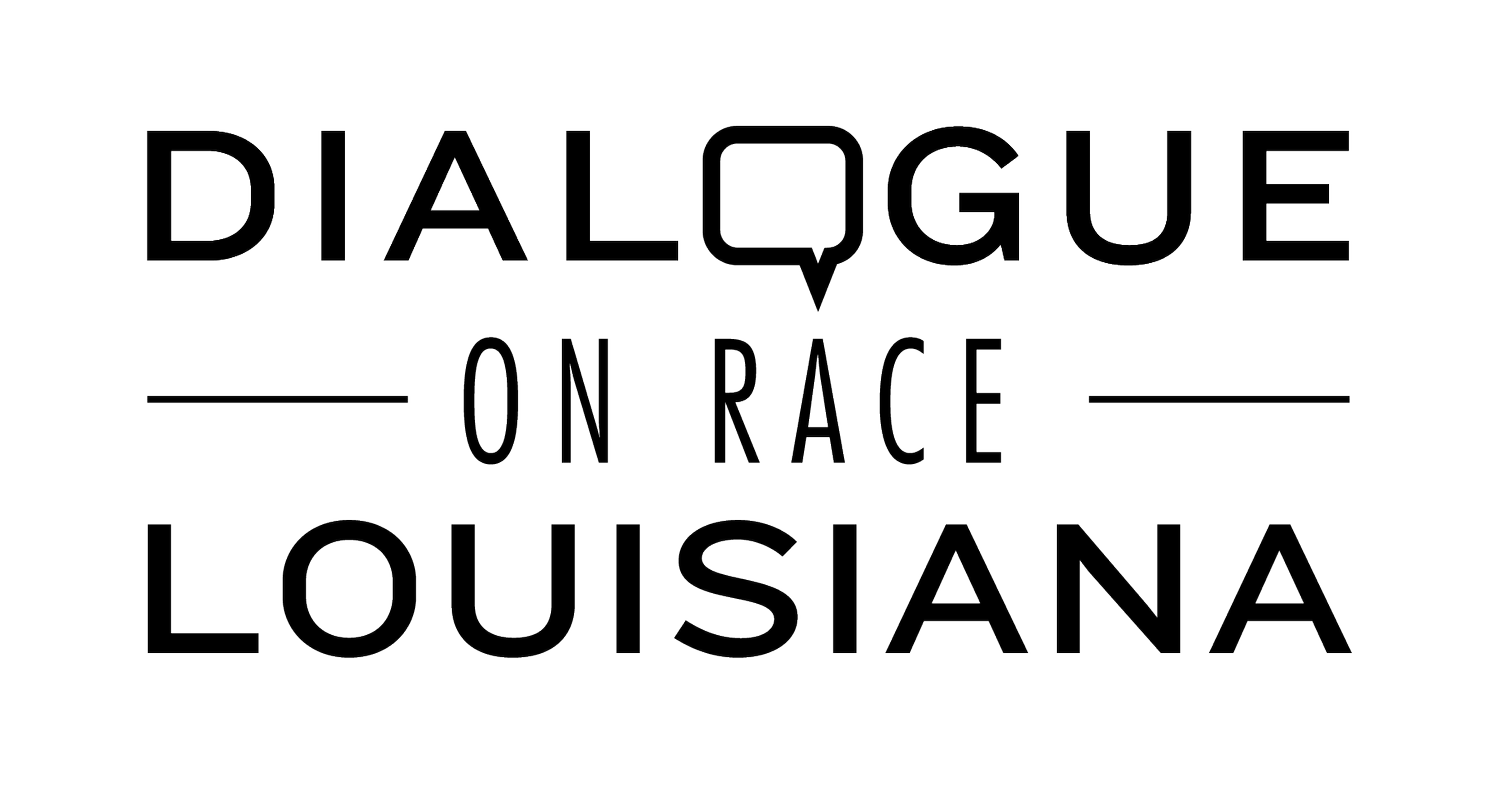False Narratives: The Hidden History of Black and Asian American Alliances
Author: Jasmine Pogue, Dialogue on Race Facilitator Coordinator
As the Facilitator Coordinator at Dialogue on Race Louisiana, Jasmine plays a pivotal role in recruiting, training, and supporting Dialogue on Race trained facilitators who lead the Dialogue on Race conversations across the United States and beyond. Jasmine brings knowledge, empathy, and a deep commitment to fostering open and honest dialogue.
The bond between the Black American and Asian American communities has long been strong, yet the known narratives often unfold in starkly different ways. In 2020, amidst the COVID-19 pandemic, the United States witnessed a surge in anti-Asian sentiment, fueled by a toxic blend of media sensationalism, political rhetoric, and deep-seated racism ingrained in the nation's history. This surge manifested in acts of violence targeting Asian American and Pacific Islander communities, with viral videos circulating across news outlets and social media platforms, seemingly portraying Black individuals as the perpetrators.
Unfortunately, this narrative of tension between the Asian and Black communities is not a novel phenomenon. Created in the aftermath of the Civil War as Black Americans sought emancipation and justice, Chinese laborers were increasingly brought in to replace them on plantations. This transition was underpinned by a narrative that painted Black workers as unreliable and demanding while portraying Chinese immigrants as more compliant and affordable. Legislative measures, such as Black Codes, further entrenched this disparity by making it challenging for Black individuals to secure employment in positions they were previously forced into. Simultaneously, Chinese immigrants faced discriminatory policies like the Chinese Exclusion Act, which aimed to curtail their perceived threat to existing power structures.
Amidst the era of Jim Crow segregation, when Black families were systematically denied access to essential services and amenities by white-owned establishments, Asian-owned businesses often provided a lifeline.
The Dong and Thompson families in Coronado, California, exemplify this solidarity. The Dongs became the first Chinese American family to own property in the area thanks to the foresight of Gus and Emma Thompson, a Black American couple who turned their place into a boarding home for minorities and immigrants. In 1955, Emma Thompson sold the home to the Dong family, who have kept it until today. The Dongs plan to sell the property and donate the profit to Black American students.
These stories, though anecdotal, underscore a broader narrative of shared struggles and mutual support that has persisted from the Civil Rights movement to the present day. Yet, despite this history, the insidious myth of the model minority continues to drive a wedge between these communities, perpetuating the false notion of inherent conflict.
In commemorating AAPI (Asian American and Pacific Islander) Heritage Month, it's important to talk about the false narratives and continue to share the experiences that define the Asian American and Black American communities. This month also serves as an opportunity to celebrate the rich cultural heritage and contributions of Asian Americans and Pacific Islanders while shedding light on the racism, discrimination, and xenophobia they face.
By speaking the truth, we can foster a deeper understanding of the interconnectedness of our struggles and the importance of standing united against injustice.
Dialogue on Race Louisiana is a Louisiana-based organization dedicated to ending racism through a national conversation on race. Dialogue series and events provide a supportive space for open, honest conversations on race. Sign up today!
